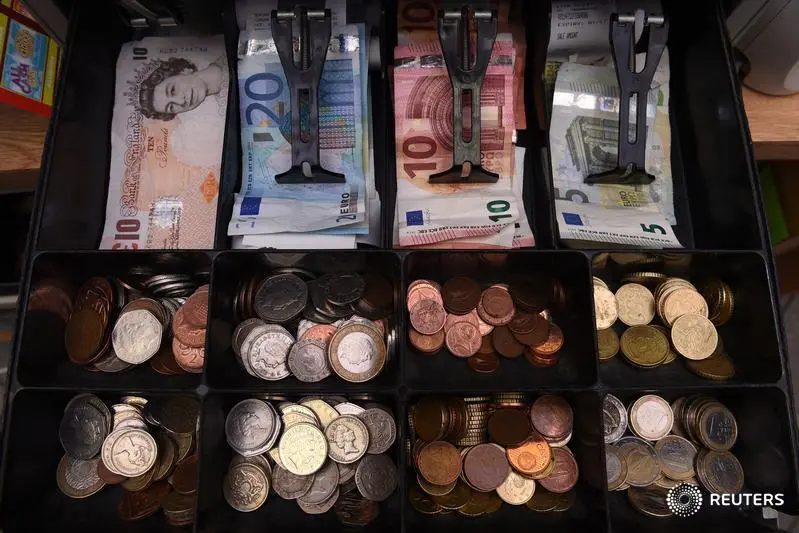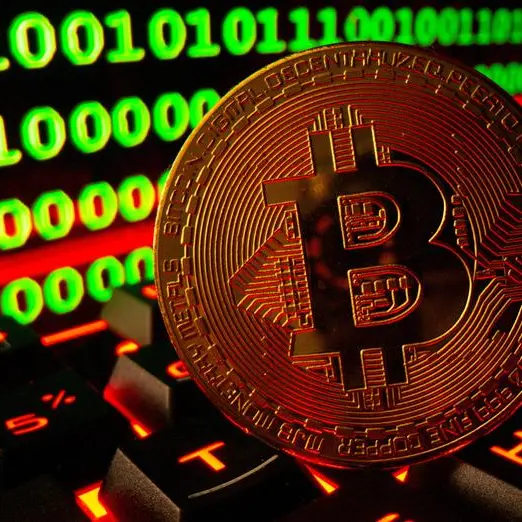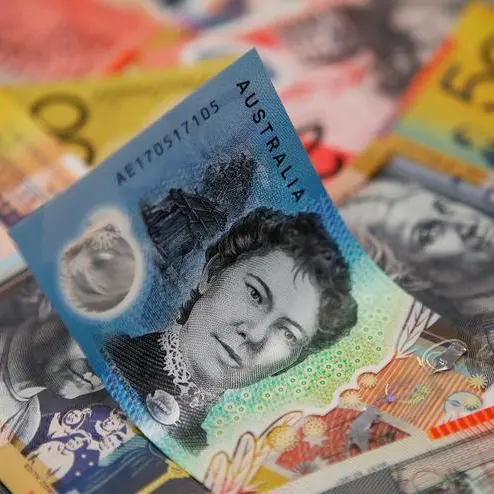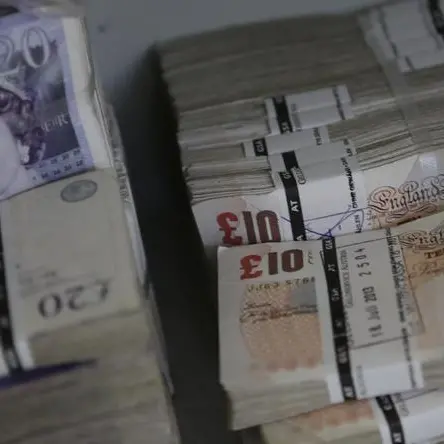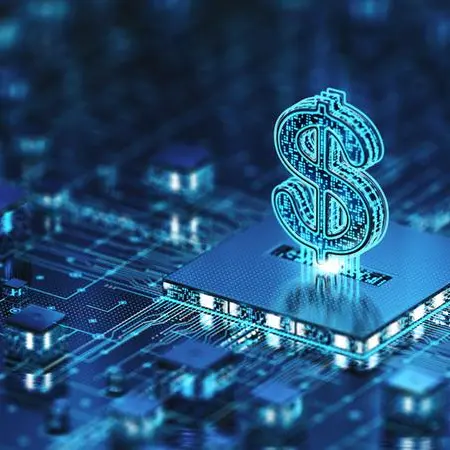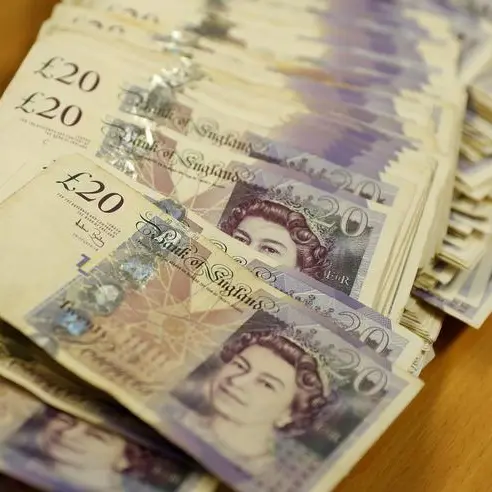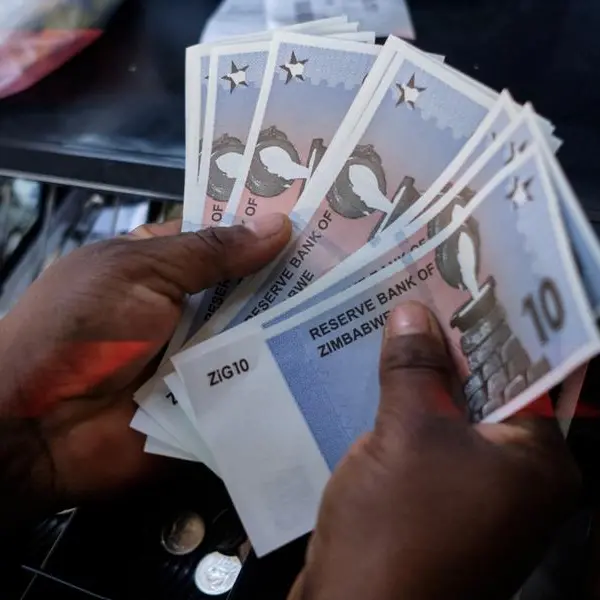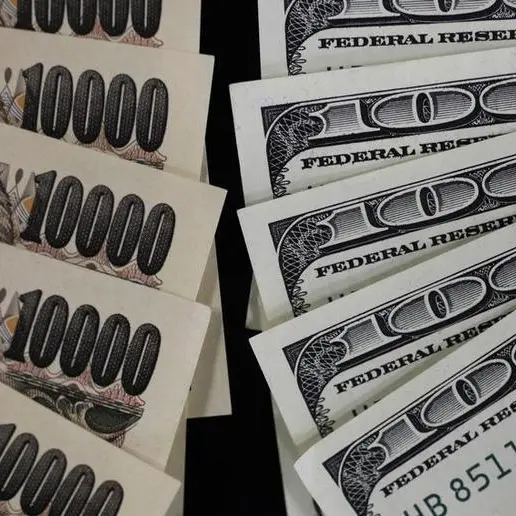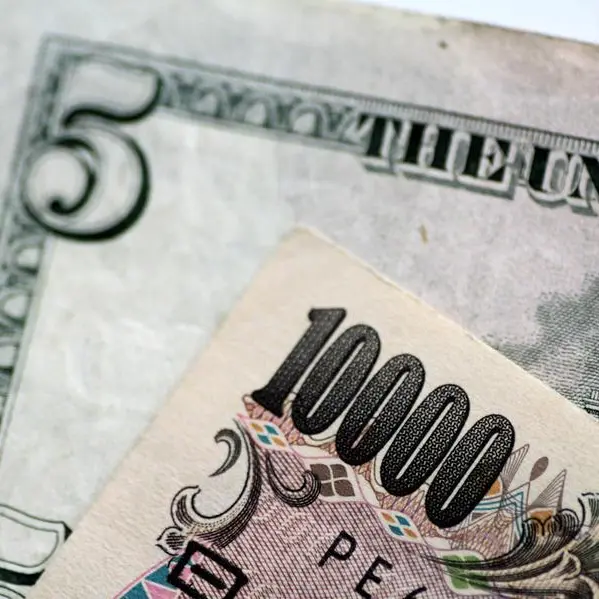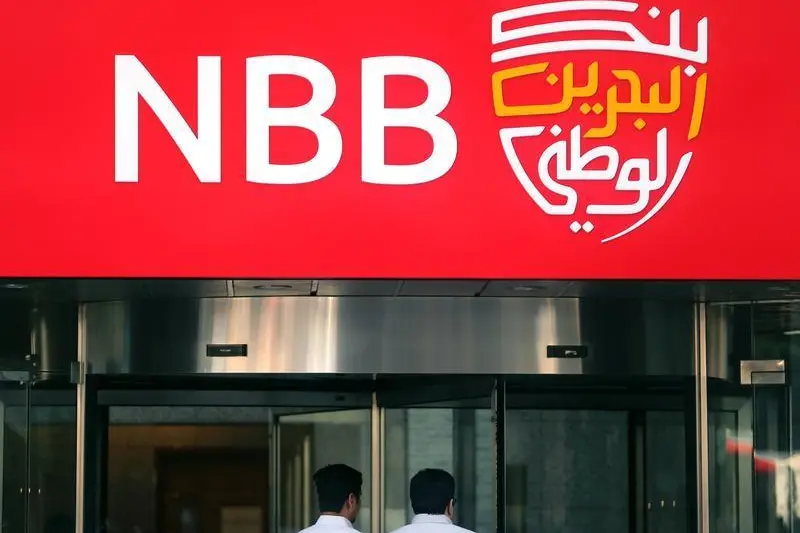PHOTO
LONDON - Sterling rose on Tuesday, supported by improved risk sentiment as Rishi Sunak became Britain's prime minister, while the euro steadied ahead of an expected rate increase by the European Central Bank (ECB) on Thursday.
The U.S. dollar edged up but was not far from its weakest level in October amid signs that Federal Reserve rate hikes are slowing the world's biggest economy.
Rishi Sunak became Britain's third prime minister in two months on Tuesday, tasked with tackling a mounting economic crisis and a warring political party.
British government bonds recovered further and the 20-year gilt returned to a level last seen on Sept. 23, the day former prime minister Liz Truss's fiscal plan triggered a collapse in sterling assets.
Sterling edged toward this month's highs, up 0.4% at $1.1330 by 1112 GMT, but currency strategists expect the pound to remin under pressure. The currency has lost more than 16% against the dollar this year.
"The UK macro backdrop remains challenging. The inbox of the PM is overflowing with problems," said Jeremy Stretch, head of G10 FX strategy at CIBC.
"Should the current level of UK political noise ease, we would (still) be wary of sterling continuing to cheapen versus both the U.S. dollar and euro."
The euro weakend 0.16% to $0.9858, but was not far from its highest level since early October, with the ECB looking set to raise rates by 75 basis points on Thursday as it seeks to rein in red-hot inflation.
"Warm weather is fuelling (relative) optimism about the energy crisis, even if Germany’s IFO data is deep into recessionary territory," said Kit Juckes, chief FX strategist at Societe General.
The Ifo Institute for Economic Research said Germany is heading into recession, forecasting that Europe's biggest economy will contract by 0.6% in the fourth quarter.
Elsewhere, the dollar index, which measures the U.S. currency against six major peers, edged up 0.16% to 112.04.
"Structurally there's still a lot to like about the U.S. dollar, but we're in a mean-reversion, sideways, choppy market at the moment," said Chris Weston, head of research at Pepperstone in Melbourne.
"I still think the dollar is the most beautiful currency to own in the G10."
The greenback had softened on Monday after S&P flash PMI data showed U.S. business activity contracting for a fourth straight month in October.
Economists polled by Reuters expect the pace of rate increases to slow to 50 basis points in December, matching bets in money markets.
YEN AND YUAN
The yen held firm around 149 per dollar after suspected Bank of Japan (BOJ) intervention on Friday and Monday.
A retreat this week in long-term Treasury yields also helped to support the Japanese currency. However, the policy background for yen weakness is likely to be put into stark relief in coming days, with the BoJ expected to stick to monetary stimulus on Friday while the Fed is likely to raise rates by another 75 basis points on Wednesday of next week.
At 148.90 yen, the dollar was down from a 32-year high of 151.94 on Friday ,which appeared to trigger successive bouts of BoJ intervention.
The Ministry of Finance declined to comment on whether it had ordered intervention in recent days, though it did confirm action in September, which was the first yen-buying foray by Japanese authorities since 1998.
China's currency, meanwhile, extended the weakness in evidence since Chinese leader Xi Jinping's choice of leadership team at the twice-a-decade Communist Party Congress raised fears that growth will be sacrificed for ideology-driven policies.
The onshore yuan slid to its lowest in nearly 15 years on Tuesday after the central bank set the lowest mid-point since 2008. The offshore yuan dipped to a record low of 7.3746 aganst the dollar.
(Reporting by Joice Alves Additional reporting Kevin Buckland Editing by David Goodman)
